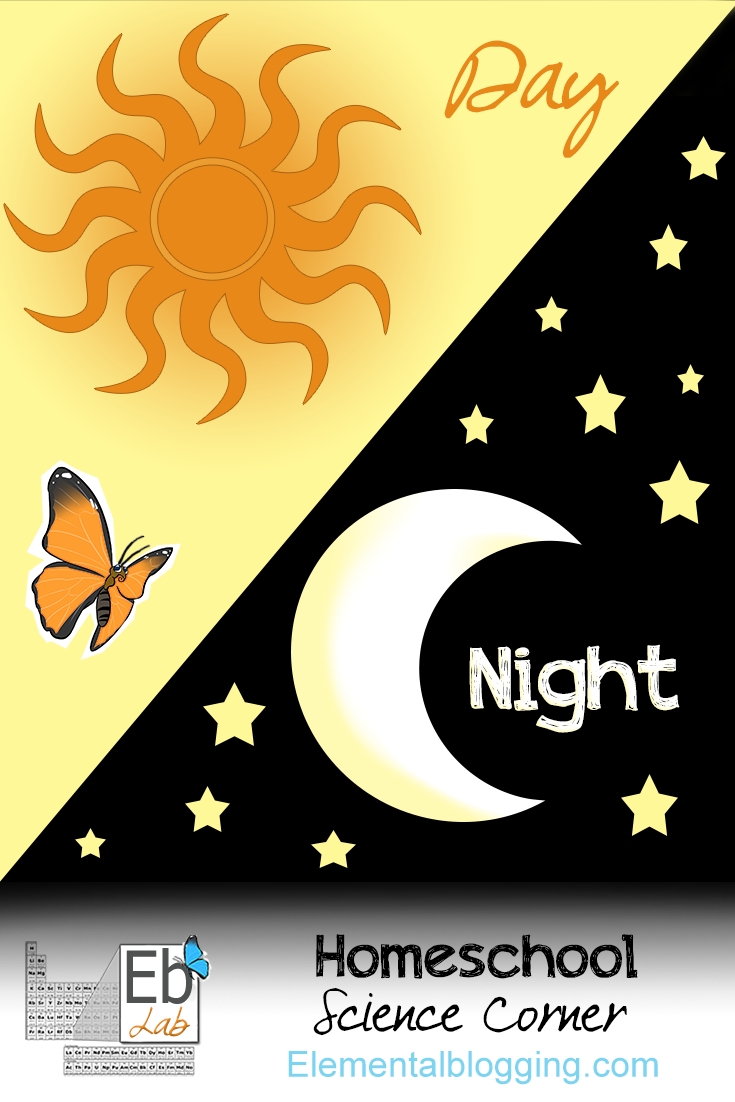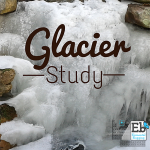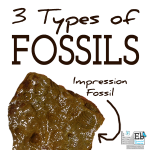 In today’s homeschool science corner, I wanted to share with you all the basic science behind day and night.
In today’s homeschool science corner, I wanted to share with you all the basic science behind day and night.
We’ll start by discussing the concept a bit, watching a video, and working on a few activities. Then, we’ll wrap it all up with some books and free printables!
Let’s get started . . .
Day and Night
As Earth turns, or rotates, day changes to night on one side of the globe. On the other side, night changes to day with the rotation of our planet. This is because, as Earth turns, different parts of the surface face the Sun.
In the morning, our side of Earth is turning to face the sun. This is when we see the sunrise, which ushers in a new day. In the evening, our side of Earth is rotating away from the Sun. This is when we see the sunset, which marks the beginning of a new night. This day-night cycle takes a full twenty-four hours to complete.
Here is a cute song about day and night, and here is a cartoon video that you can watch with your kids to explain the day and night cycle:
Day and Night Activities
Do a demonstration with the students to help them see how day and night work. You will need:
- A globe (or large ball)
- A desk lamp
- A Post-it tab (or another type of removable marker)
Have the students mark where they live with the Post-it tab. Then, have them place the globe on a desk and shine the desk lamp on the portion of the globe where they live.
Have the students slowly spin (or rotate) the globe to see what happens. (They should see that as they rotate the globe, the place where they live rotates out of the light. As they continue to spin the globe, the place where they live will rotate back into the light – creating a full day/night cycle.)
After you discuss the day and night cycle and do the demonstration with your students, you can have them do one of two projects:
- Have the students draw your house during the day and at night;
- Have the students write the different activities you do during the day and at night on the bottom of the page.
Day and Night Books
Here are a few books you can read about day and night:
- Day and Night (First Step Nonfiction: Discovering Nature’s Cycles) by Robin Nelson
- Day and Night (Patterns in Nature) by Margaret Hall and Jo Miller
- What Makes Day and Night (Let’s-Read-and-Find… Science 2) by Franklyn M. Branley and Arthur Dorros
You can use the following printables with your students as you teach them this basic concept:
- Day and night printables (coloring page, notebooking sheet, and lab report)
The Final Product
The day and night cycle takes twenty-four hours to complete. It is the result of the Earth’s rotation which causes different parts of the globe to be exposed to the Sun’s light.
I trust that you will enjoy these activities with your students! If you have any questions, go ahead and leave them in the comments.






Join the Community!